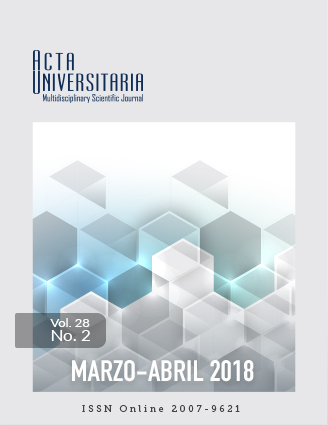Crecimiento y desarrollo de plantas herbáceas en sistemas acuapónicos
Publicado 2018-06-12
Palabras clave
- Aquaponics,
- basil,
- peppermint,
- spearmint,
- biological filters.
- Acuaponía,
- albahaca,
- hierbabuena,
- menta,
- filtros biológicos.
Cómo citar
Resumen
La acuaponía integra la producción acuícola e hidropónica utilizando los desechos de los peces como nutrientes para diversos cultivos vegetales. Las herbáceas como la albahaca (Ocimum basilicum L.), la menta (Mentha piperita L.) y la hierbabuena (Mentha spicata L.), tienen gran demanda por sus propiedades, sin embargo, existe poca información sobre su comportamiento en acuaponía. El objetivo del presente estudio fue evaluar el crecimiento y desarrollo de estas especies cultivadas en acuaponía. De acuerdo a los resultados, las herbáceas evaluadas se adaptan a las condiciones del cultivo y pueden ser utilizadas como parte de los filtros biológicos de sistemas acuapónicos para la producción de tilapia (Oreochromis niloticus L. var. Stirling). La calidad del agua se mantuvo en rangos adecuados tanto para la producción de tilapia como herbáceas. La hierbabuena fue la que tuvo mayor productividad, sugiriendo que esta planta asimila de forma más eficiente los nutrientes producidos en este tipo de sistema.

